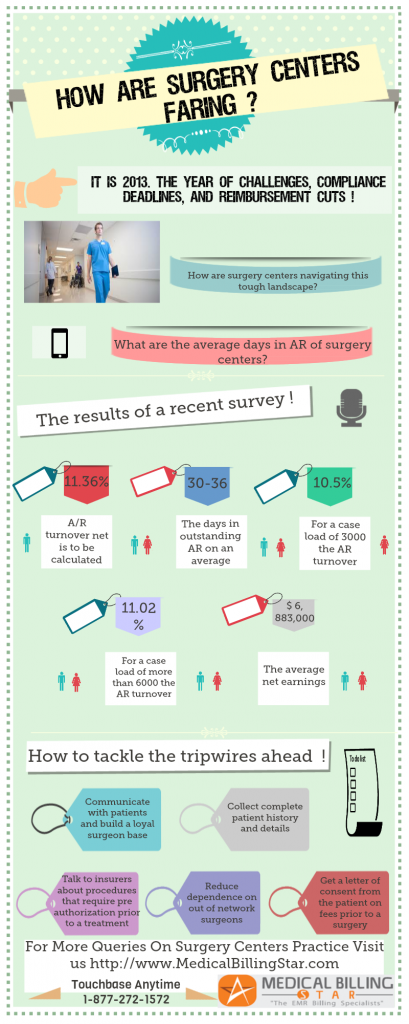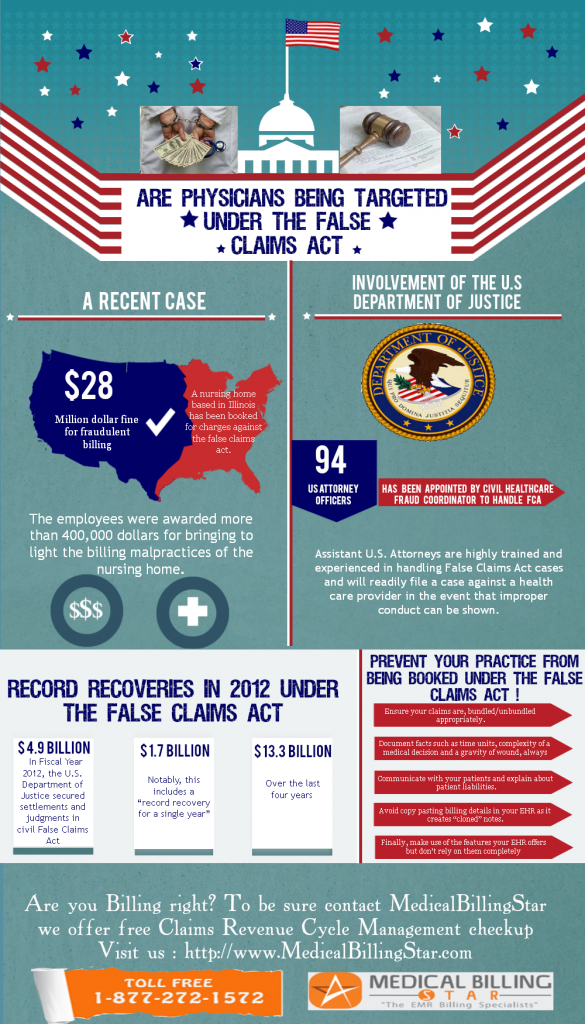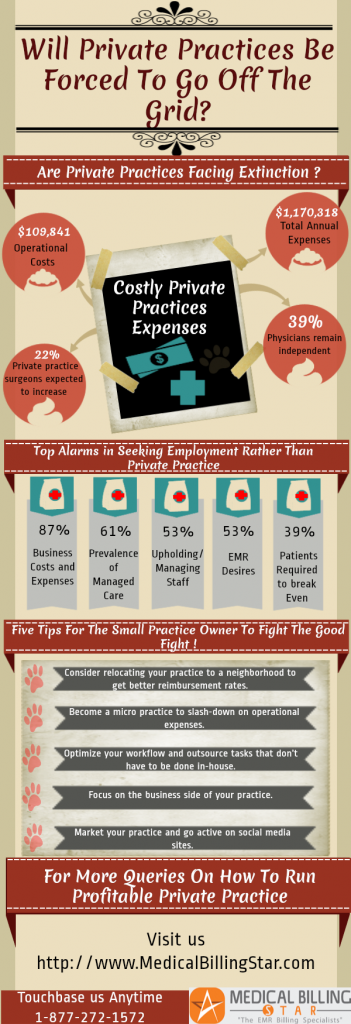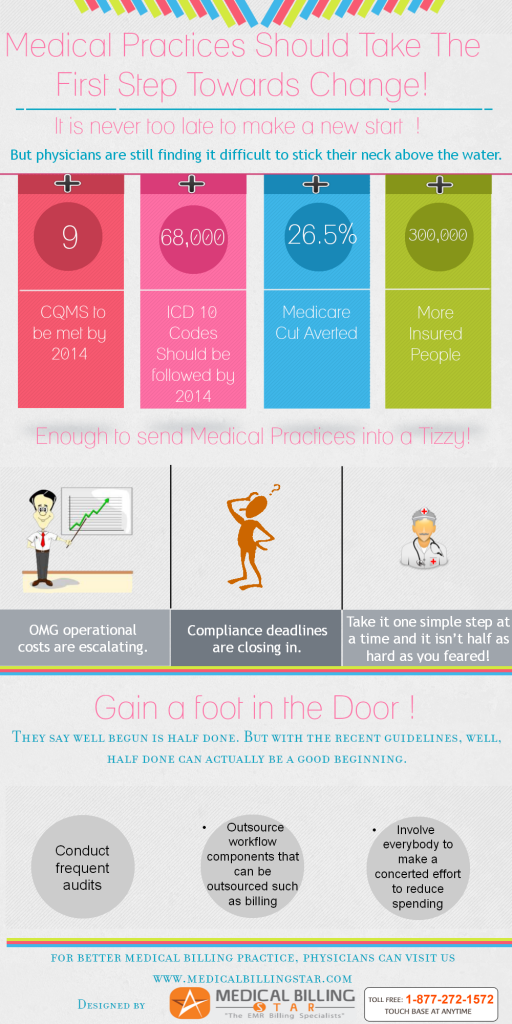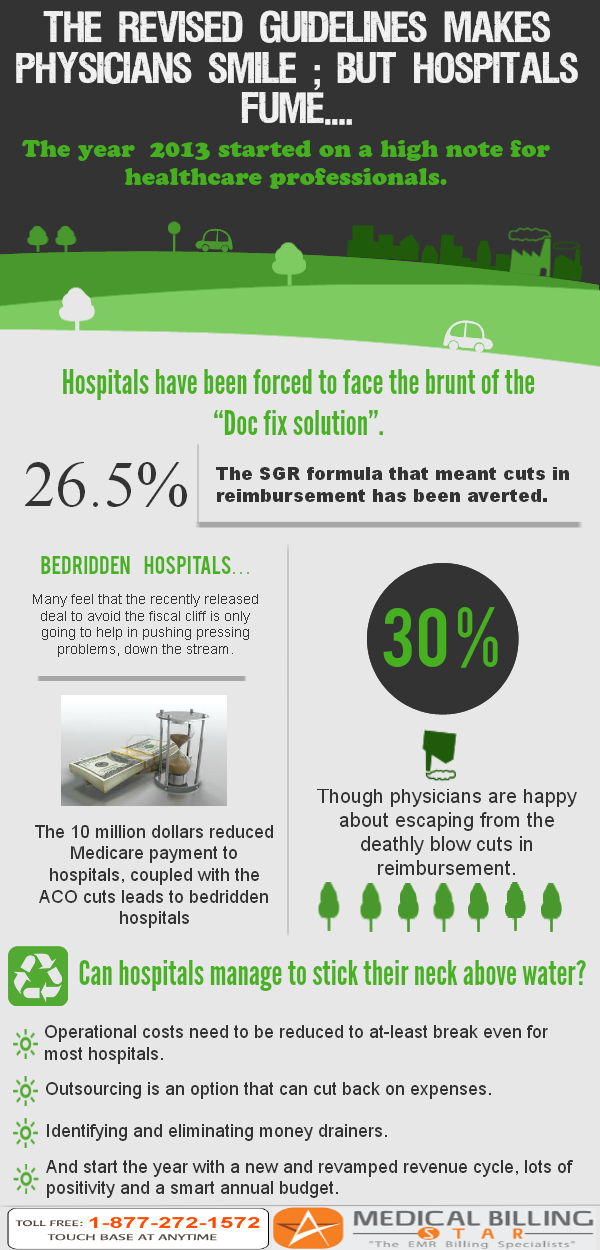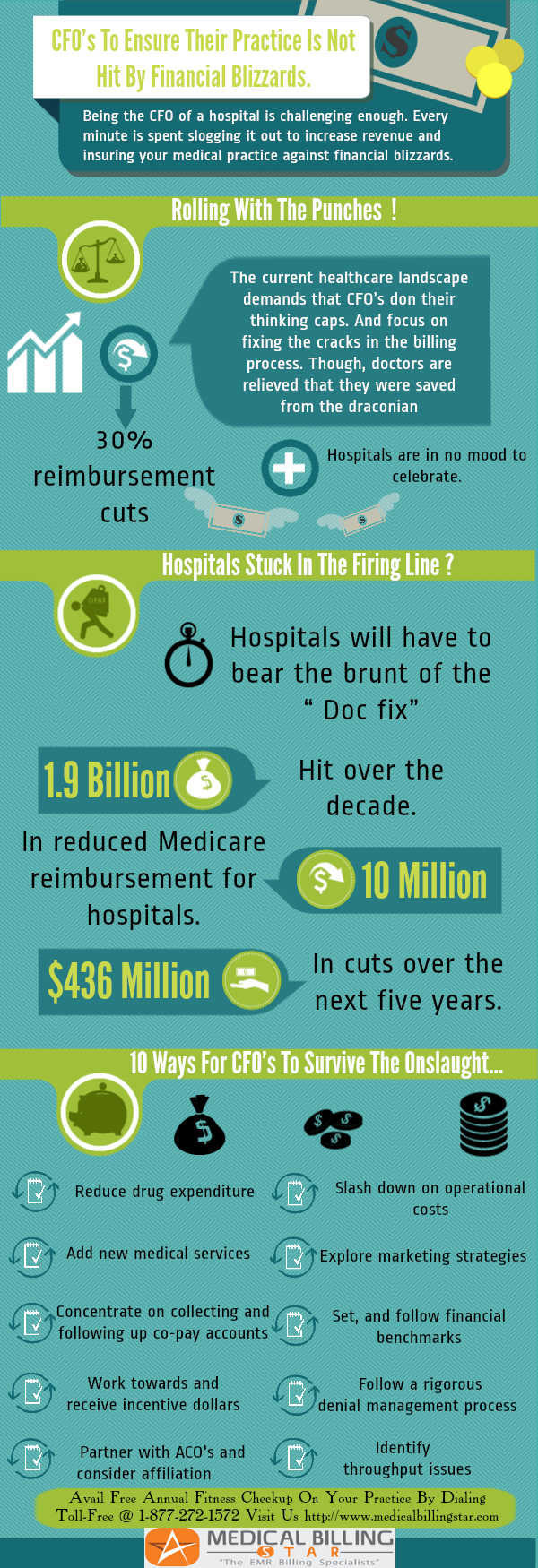There you go ! Another rejected claim. Well, running a surgery center billing practice can be demanding, expensive, and on a bad week, thankless! With, surgery centers constantly battling with payers, and, patients who have no idea what their financial liabilities, are. It can be an uphill climb on a snowy day, to get paid !
Here is how you can fight those financial demons and come out at the other end a winner ! And also ensure your clinical documentation is never short of perfect !
10 ways to increase the revenue of your surgery center…
- Encourage your surgeons on-board to have a financial stake in your surgery center to avoid losing out on case load.
- Create a better atmosphere to work by upgrading to better systems and work processes to attract and retain a strong physician base.
- Collect copay’s and deductibles at the front-desk and have multiple payment options.
- Compare your staff members’ cost per case with your competitors, and how reimbursement varies across different specialties. Analyze and set benchmarks.
- Follow a rigorous claims follow up process and fight denied claims as soon as they reach your table, to increase the revenue and valuation of your center.
- Physician documentation plays an important role. Surgeons should dictate clearly, name the procedure. And ensure details and events are sequenced in the operative note.
- Don’t put off renegotiating with your insurer. If you put off renegotiating year after year there are little chances of your insurer ever giving you a reimbursement hike !
- Collect and verify patient information during the pre-registration stage to avoid fall outs.
- Call your patients prior to their appointment and inform them about their financial liabilities.
- Have a quick sheet that includes pertinent questions, such as, how many surgeries were performed, the number of co-surgeons etc for physicians to fill out after a surgery.
